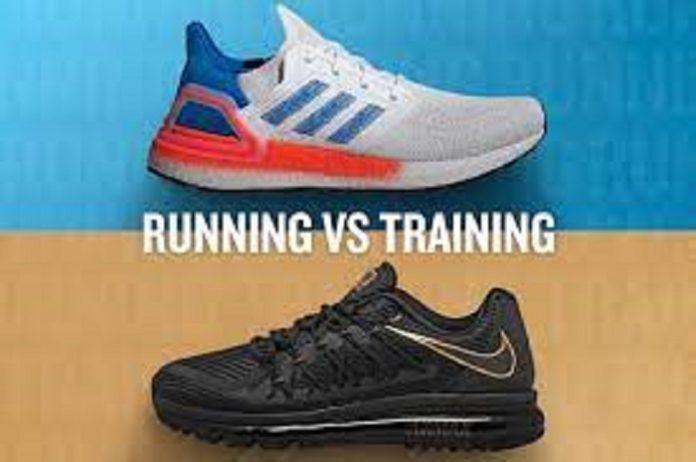There’s the age-old question of which is better between training shoes vs running shoes when it comes to fitness. The truth is, they both have their benefits, but to fully understand these advantages, you should know the difference between the two and when to use either of them. The training shoes vs running shoe debate is spurred by the necessity to keep your feet in good condition and protect your joints while adapting to various working out conditions. Believe it or not, the type of shoe you choose impacts the productivity of your workout – as such, choosing the right one is very important. Here’s all you need to know to make the right choice.
What are Training Shoes and Running Shoes?
Training Shoes: Training shoes are those types of shoes that are good for many different types of workouts and can also be referred to as gym shoes. They support several kinds of movement such as cutting, stopping, breaking, jumping, and multi-directional movement. Typically, identifying a training shoe is simple. You can tell a shoe is a training shoe by how flat the shoe is. The term heel drop refers to the distance from the heel height to the toe height.
Running Shoes: Running shoes are designed to provide shock absorption and support forward movement while running. They are built for heel-to-toe movement. Running shoes gives comfortability in running without your feet pounding the pavement over and over again. You can tell a shoe is a running shoe by its higher heel drop. The sole of a running shoe is made thick with some height to provide proper comfort from the heel drop region to toe.
Differences Between Training Shoes and Running Shoes
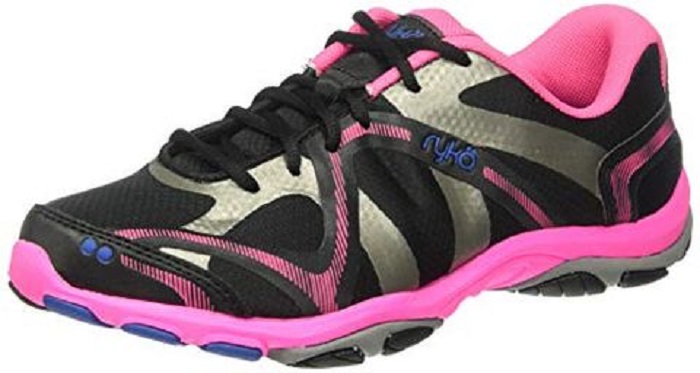
1. Support
Running shoes are specifically designed for running – be it on the track, pavement, or the trail. They are purposefully designed to cushion your feet from the impact with the ground while running. Using training shoes for running is not advisable because training shoes do not have the required support and cushioning to protect your feet from running’s impact.
Training shoes, on the other hand, have the appropriate cushioning for many other functions, and they are designed for multiple uses – as a result, you can use them for yoga, lifting weights, basketball, the gym, Zumba, or even basic stretching exercises.
2. Differences In Appearances
Physically, the sole of a training shoe is broader and more stable than running shoes. The sole usually expands beyond the width of the shoe’s upper port. This is because the width is necessary to provide the lateral support training shoes require. It is uncommon for runners to make lateral movements and sharp cuts. However, these movements are more common in exercise dancing such as Zumba or basketball.
In contrast, the tread on running shoes is known to be smooth, and it provides less traction as traction is not that necessary for runners since they are basically moving forward.
3. The Feel
As expected, running shoes are lighter than training shoes; this is because the lightweight of running shoes make it easier for runners to propel themselves, especially when covering significant mileage. Running shoes also feel great for long walks, sprinting, power walks, and more in that category of activity.
However, training shoes are the better options for exercises such as weight lifting as they provide extra support and durability for lateral movements during exercises. You may also consider the actual feel before deciding which one to get.
4. Finding the Right One
In many cases, many runners require shoes that are fitted for the particular shape of their foot. When choosing the right shoe, runners have things like overpronation and under pronation to consider. Runners require their feet to be cradled properly, especially when running long distances, which is why runners are advised to try on running shoes before buying them.
Less specificity is required for training shoes. While you also need the right shoe to go to the gym, the basketball court, or a dance studio, requirements are not as precise as with running shoes.
Training Shoes Vs Running Shoes: Features
- Made to perform a physical exercise like gymming, jumping, kickboxing, etc
- It’s heavier
- It has a thick cushion
- Flat soles
- Backward movement
Running Shoes
- Meant specifically for running
- Light and breathable
- Less cushion
- Thick soles with height
- Forward movement
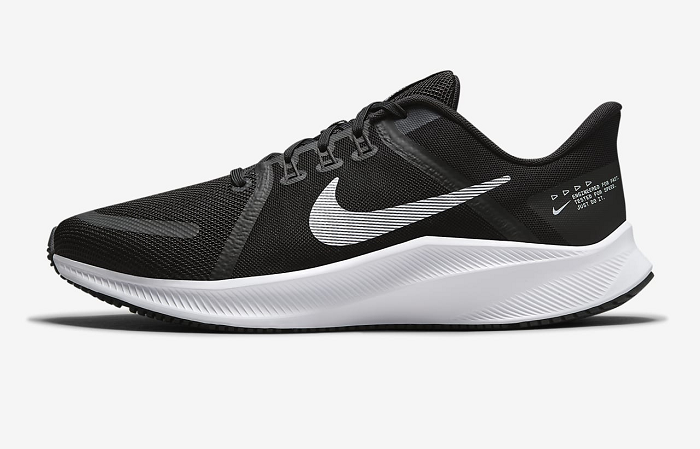
What We Like (Running shoes)
- Flexibility: Allows for easy lifting of feet
- Prevents fatigue
What We Don’t Like
- Minimum or no support to the ankle and thus making it unsuitable for any other physical activities.
- Tend to wear out quickly.
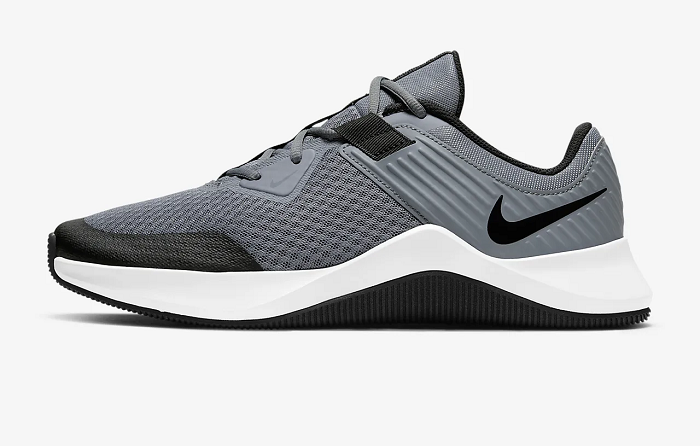
What We Like (Training shoes)
- Extreme comfortability and support to the feet
- Sturdy grip
What We Don’t Like
- Not suitable for daily wear as it can cause injuries to your feet and premature foot fatigue
Can Training Shoes Be Used For Running?
This remains one of the frequently asked questions by a lot of people. Unless one is only running a short distance that is less than one mile, it’s generally not advisable to wear training shoes for running. Not only can training shoes be heavier and more cumbersome, but they also do not have sufficient cushioning and stability to absorb the shock of repeatedly pounding your feet into the pavement. Running in training shoes can increase your chances of injury and plantar fasciitis (i.e., inflammation of a thick band of tissue connecting the heel bone to the toes).
The Risks Involved By Using Training Shoes to Run and Vice Versa
Now that you have understood the differences between training shoes and running shoes, it’s also important that you know what happens if you ignore these differences to use one for the other. There are many risks involved when you use the wrong pair of shoes for training or running. Some of which include:
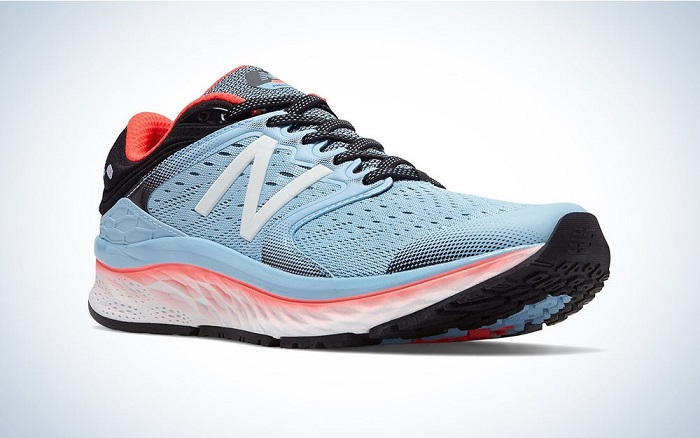
1. Discomfort
This might be considered a minor issue to some, but it’s a huge hindrance when it comes to working out, staying fit, or getting in shape. Truth be told – how are you supposed to enjoy your workout if you are uncomfortable every time you attempt? Besides that, the wrong pair of shoes can cause aches, blisters, and soreness – which all affect your overall performance.
2. Lowered Performance
Discomfort from the wrong pair of shoes while you’re exercising is enough to hinder and lower your performance, preventing you from achieving your set goals. It can be annoying when you’re putting in so much effort to work on your stats, physique, and overall health but the key thing holding you back are your shoes – that would be very unfortunate. This is why you have to ensure that you have the right pair on your feet when you leave the house to run, dance, or work out in general. Using the right shoes, especially when it comes to running, is sure to improve your performance significantly.
Can One Get Injured From Using Training Shoes to Run?
Both running shoes and training shoes provide adequate support for their respective activities. As such, using the right shoes prevent unnecessary injuries, bruises, and sprains. Your overall comfort and peak physical performance are required if you want to remain in excellent shape and keep your fitness at its peak, and this is why injuries should be avoided as much as possible – you can start by wearing the right shoes.
